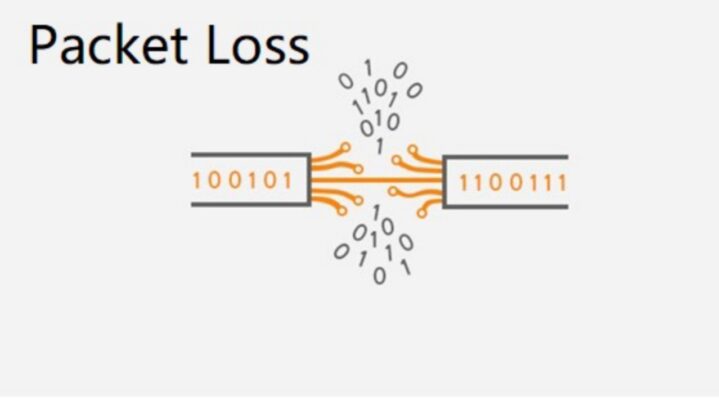Let us first understand what packet means
A packet in online systems is a specified unit of data arranged in a specific order based on the TCP. Because internet speed limits prevent big quantities of data from being transferred in its whole over the internet, it is divided into packets. Every internet activity, from sending emails to downloading films or GIFs, necessitates packet transfer. This also improves system performance by properly dispersing data loads among devices.
Packet loss means…
The number of packets lost or dropped during their journey over a computer network is. A device’s inefficiency, such as a weak cable connection, a malfunctioning router, or a poor Wi-Fi network, could be the cause of packet loss. Packet loss or lag can occur as a result of network limits, both intended and unintended.
Failed packets cause network congestion and glitches.
The reason why it happens is because
1. Defects in Programming
If defects are left unaddressed in your software, they might degrade network efficiency and prevent packets from reaching their intended destination.
2. Overload of Network Packets
Data traffic occurs when the quantity of packets transmitted to a network surpasses the network’s capacity. Packets are frequently left behind or overlooked in such situations.
3. Cybersecurity Threats
Packet loss is also a result of network hacking. Hackers gain access to your devices and issue commands to drop packets. Attackers saturate the system with massive traffic until it breaks down. This aids them in exploiting the flaw and stealing data packets.
4. Devices That Are Overused
The most common cause of packet loss is overburdened devices, which operate at a capability larger than planned. These devices may send packets to their endpoints, but they slow down, weaken, and inefficiently use the network.
Also Read: Did You Know: Seals Clap Underwater To Communicate





